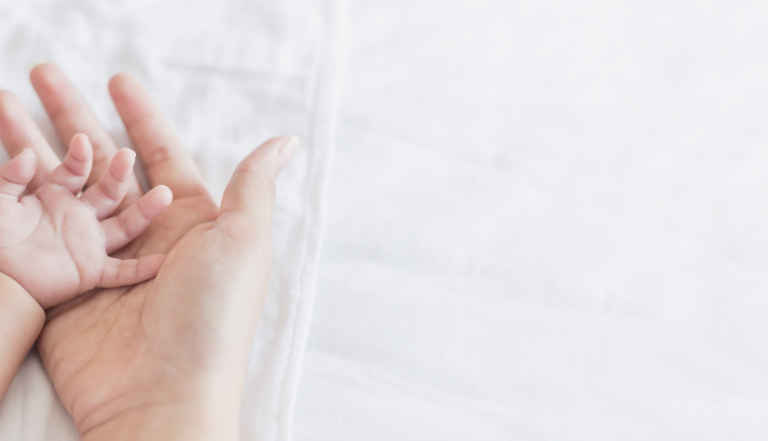In the recent case of Chiaro Technology Limited v Mayborn (UK) Limited, the UK High Court confirmed that a registered design will not extend to protect aspects of shape that are required for technical function purposes even if the overall design is visually different from anything else on the market.
Chiaro Technology Limited (“Chiaro”) brought a claim for infringement of their registered designs for their product ‘Elvie’, (under the Registered Designs Act 1949 (“the Act”)) against Mayborn (UK) Limited’s (“Mayborn”) ‘Made for Me’ wearable breast pump. Chiaro’s ‘Elvie’, was the first in bra wearable breast pump on the market. The design allowed users to wear the breast pump inside their bra with no external attachments. Mayborn’s ‘Made for Me’ pump featured many similar features to ‘Elvie’ when it came on the market in late 2022. This led Chiaro to allege infringement of their registered designs.
Chiaro’s claim relied on the similarity in the shape and overall appearance of the two products, and the location of the built in pump housing unit and milk container. Chiaro argued that, based on the variety of breast pumps available on the market, there was ample freedom in the design and development of breast pumps and therefore the similarities between the two products amounted to infringement of their registered rights. Mayborn’s response was that the overall shape of ‘Elvie’, the location of the pump hosing unit and the removable milk container were all dictated by technical function (in order to make the product hands free and fit within the bra).
The case turned on the interpretation of s.1C(1) of the Registered Designs Act 1949, which states that “a right in a registered design shall not subsist in features of appearance of a product which are solely dictated by the product's technical function” (“S.1c(1)”).
The court found in favour of Mayborn.
In regards to the overall shape of the two pumps Mann J held ‘It is quite apparent to me that the shape of the registered design and the Elvie pump […] is functional, not aesthetic. That brings it within the sub-section, even if other shapes (domes or hemispheres) might have fulfilled the same function. That means that it cannot be the basis of an infringement claim and has to be left out of consideration’. He concluded the same for the location of the pump housing unit and the removable milk container.
In doing so, he confirmed the position that the Court needs to look at whether the shape of the product was dictated by the function. If it was it would be caught under S.1C(1).
Mann J considered that the informed user would have been the nursing mother or wet nurse, as opposed to the designer or technical expert, who would therefore have been interested in the operational and aesthetic features of each product. He stated that ‘the greater the designer's freedom in developing a design, the less likely it is that minor differences between the designs at issue will be sufficient to produce a different overall impression on an informed user. Conversely, the more the designer's freedom in developing a design is restricted, the more likely it is that minor differences between the designs at issue will be sufficient to produce a different overall impression on an informed user’.
In this instance, Mann J concluded there was limited design freedom and therefore the more subtle differences between the two products were enough to produce a different overall impression on the informed user. In reaching this conclusion, he reaffirmed the decision of the Court of Appeal in Dyson Ltd v Vax Ltd [2011] EWCA Civ 1206, that technical reasons for a particular design feature should be taken into account when assessing the degree of design freedom available to the designer. This may mean that for future cases where a new product comes on the market whose design is heavily determined by technical requirements, the scope of the protection provided by a registered design for that design may be limited, and not necessarily sufficient to stop competitors from utilising the same technology and potentially the same functional aesthetic. Of course, other forms of intellectual property protection, in particular patents, can be used in addition to registered designs in order to protect the new technology.
A copy of the judgment of this case can be found here.



